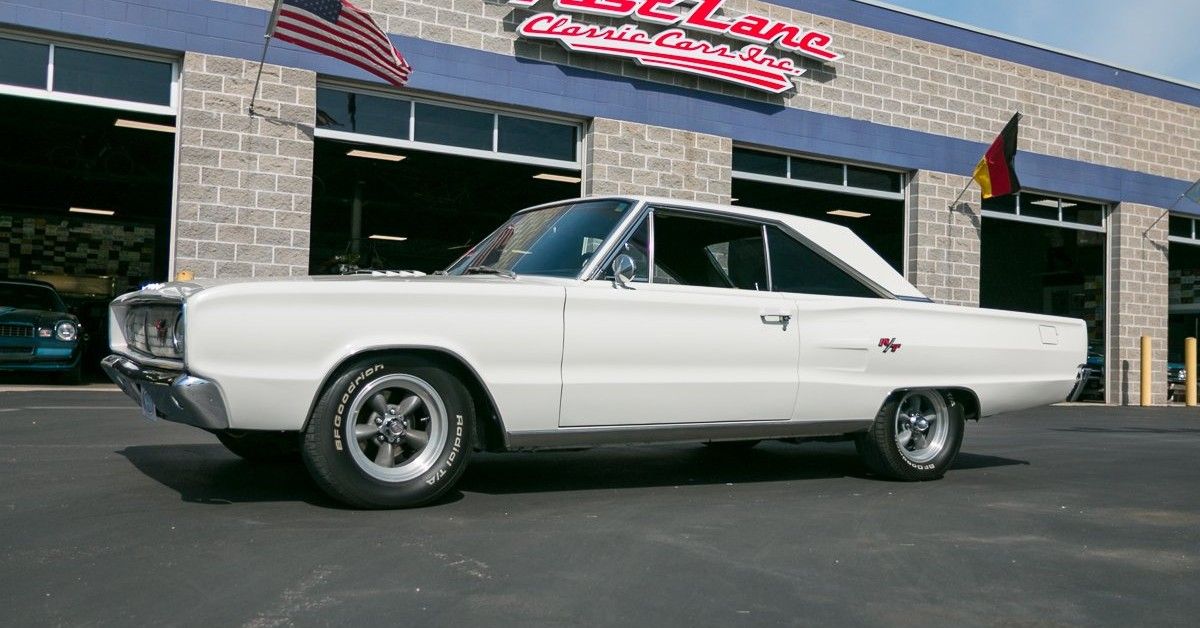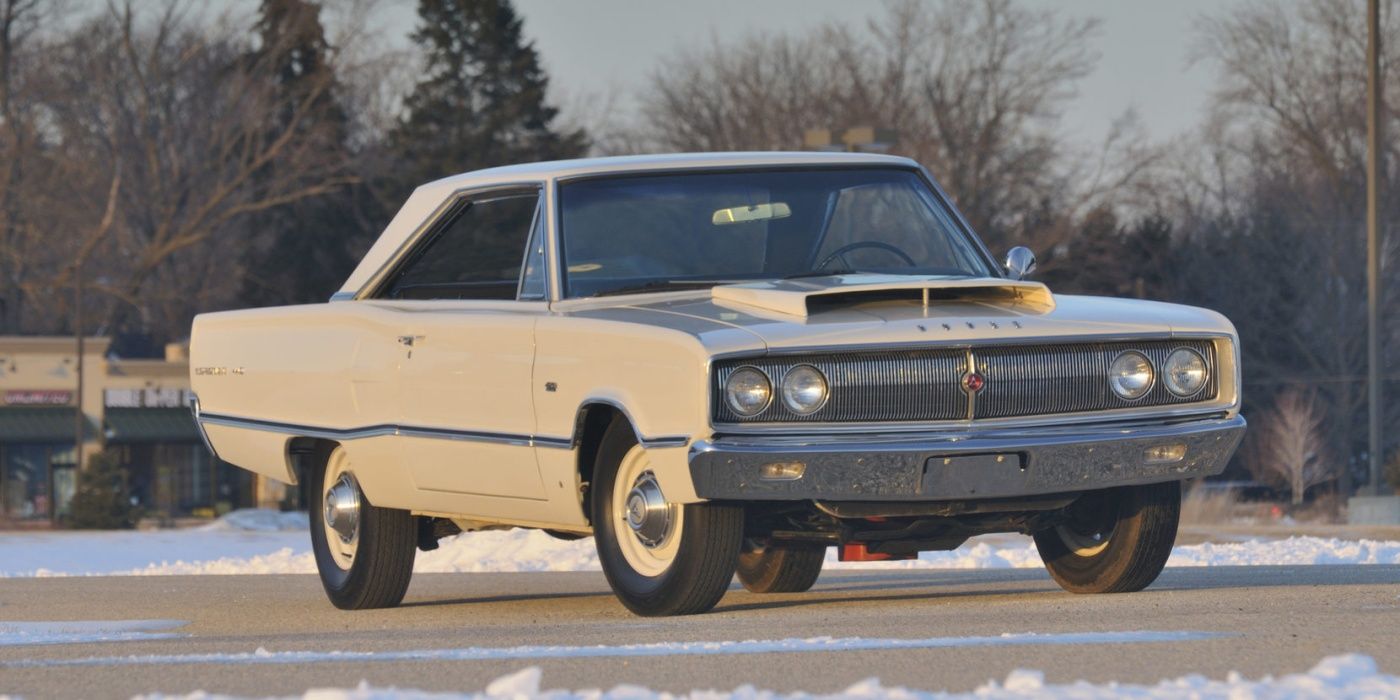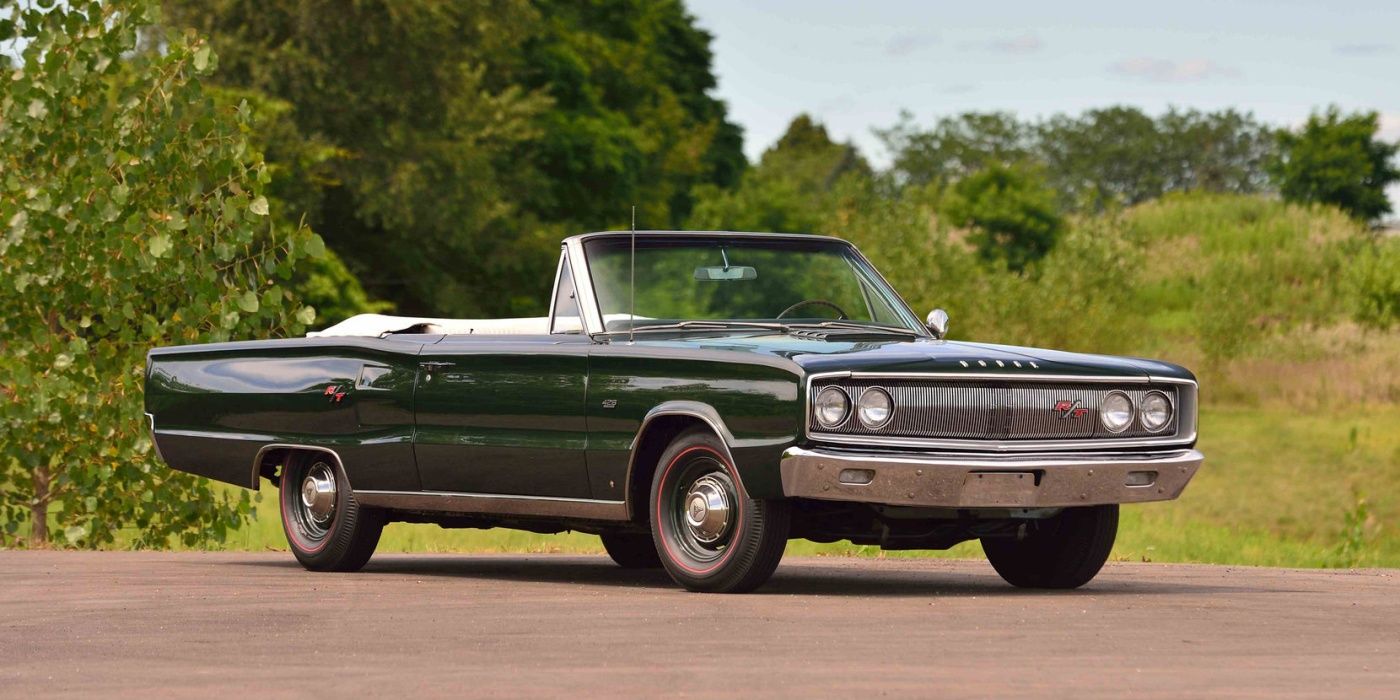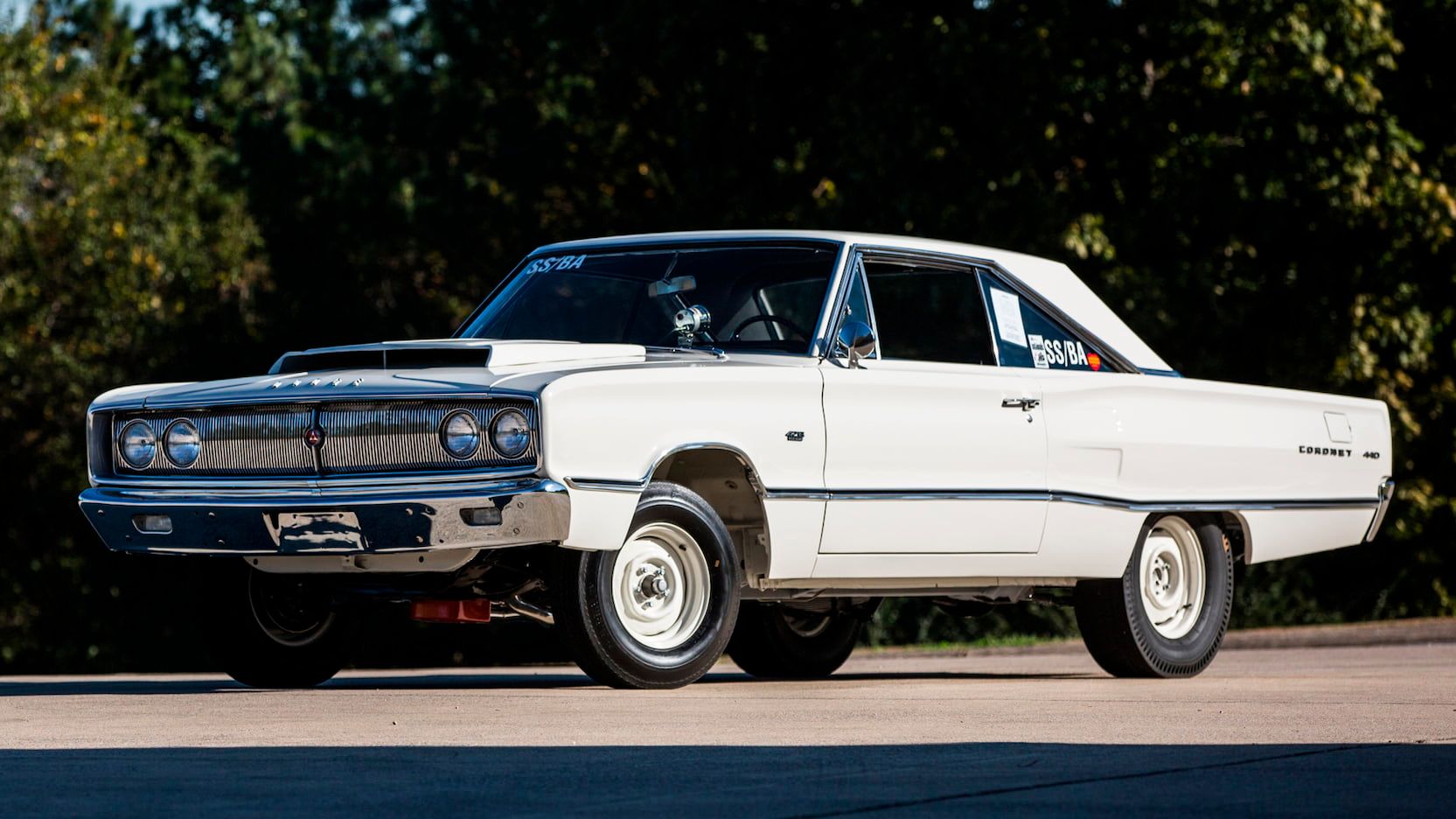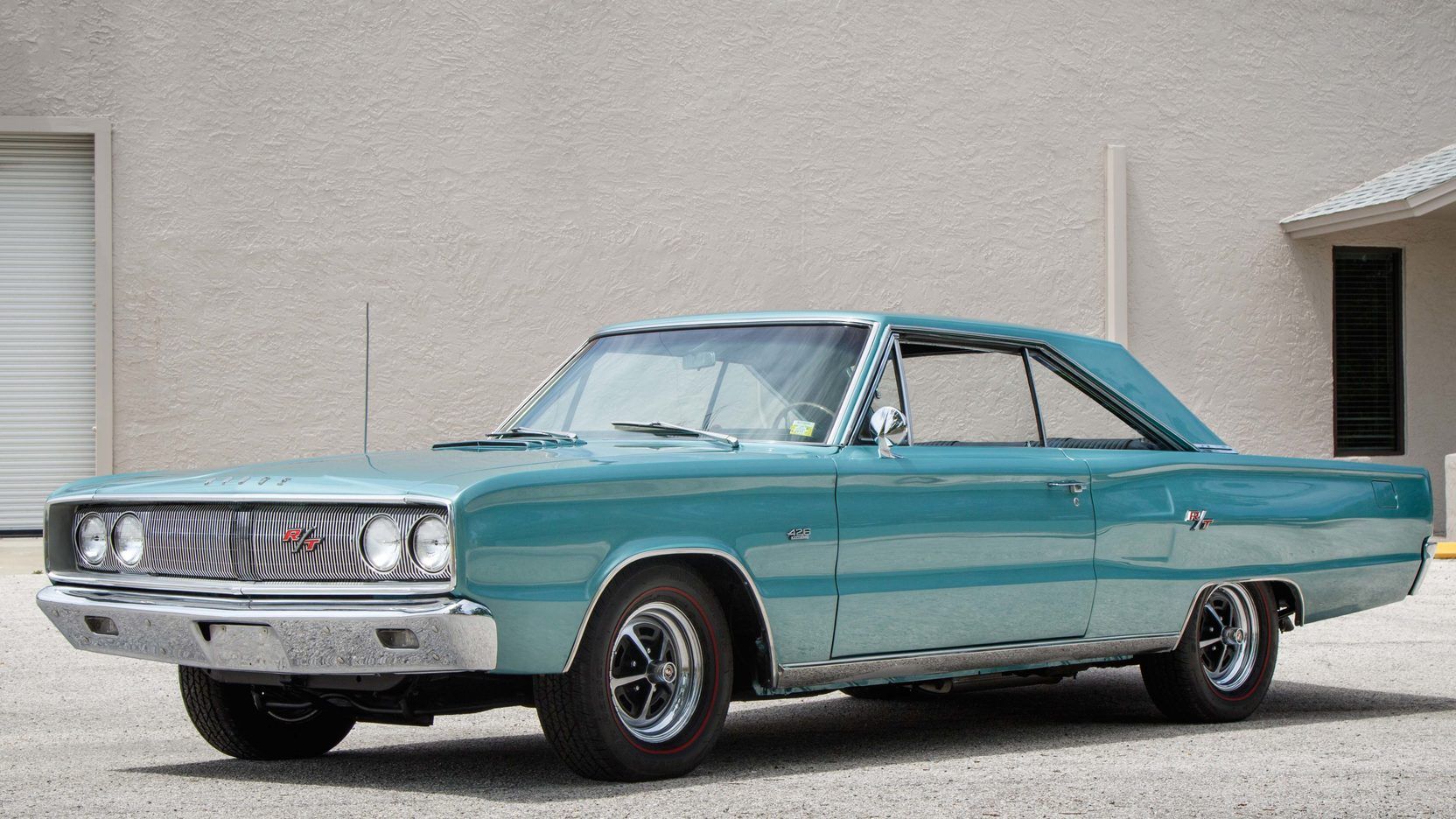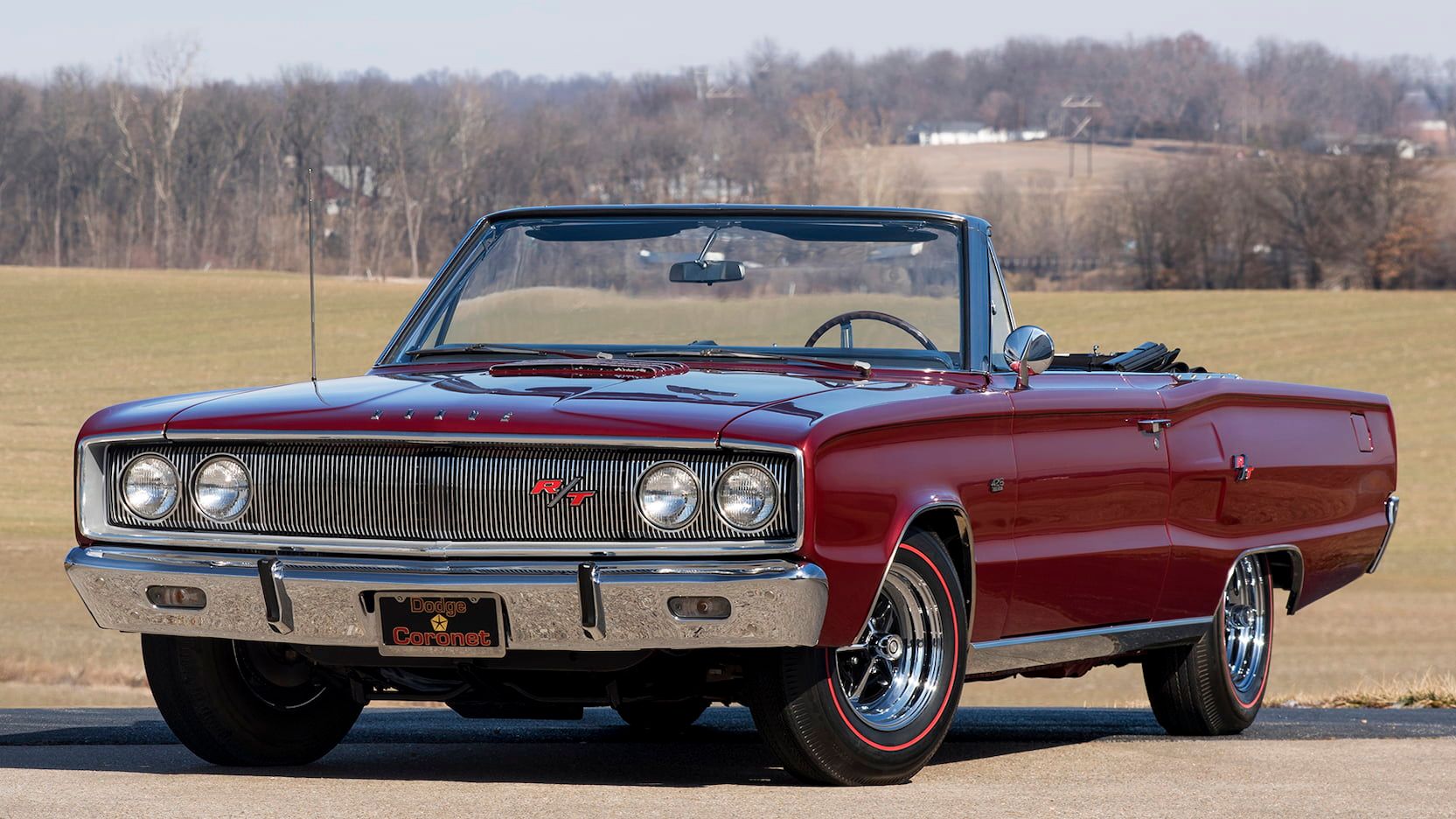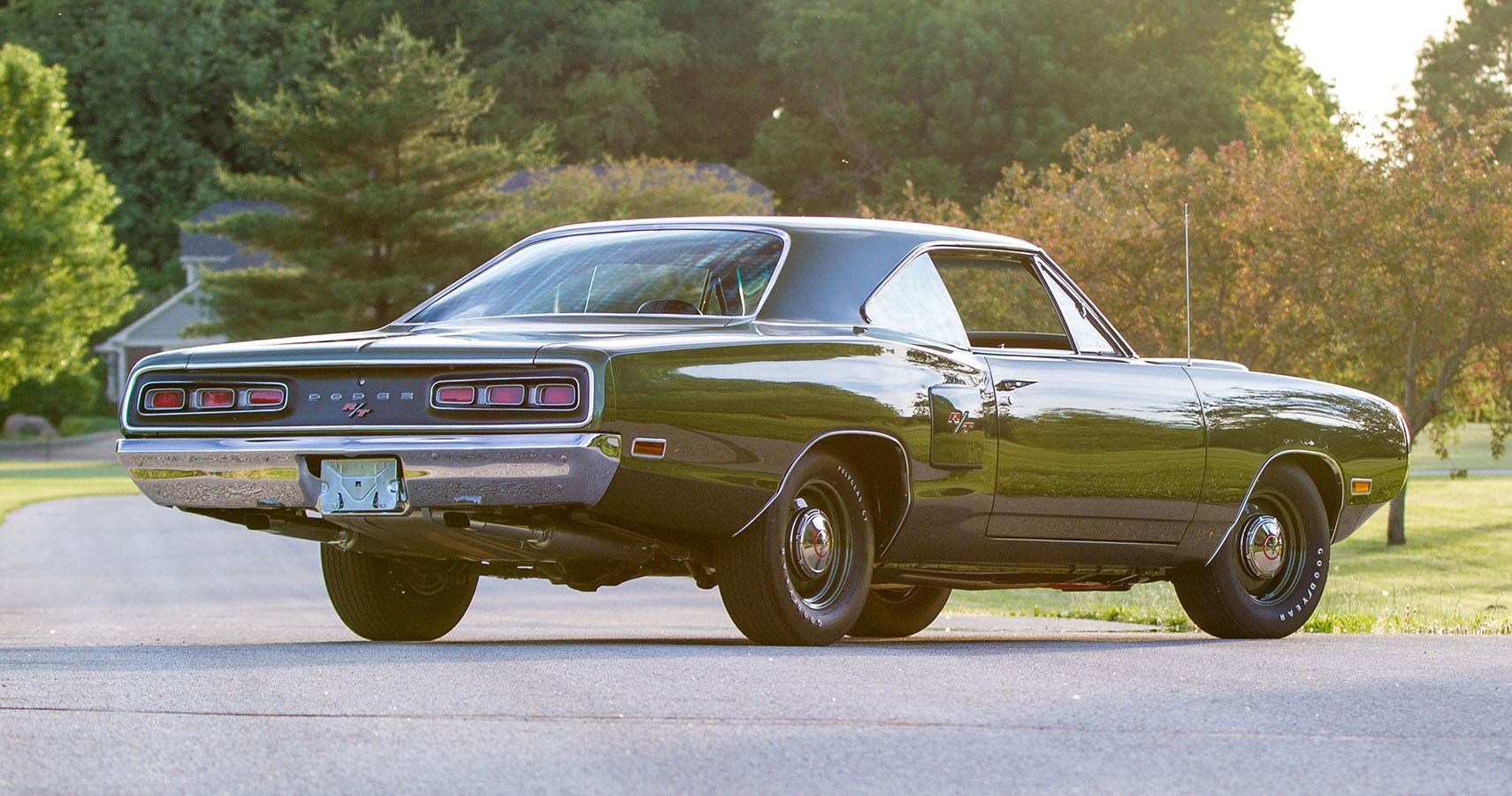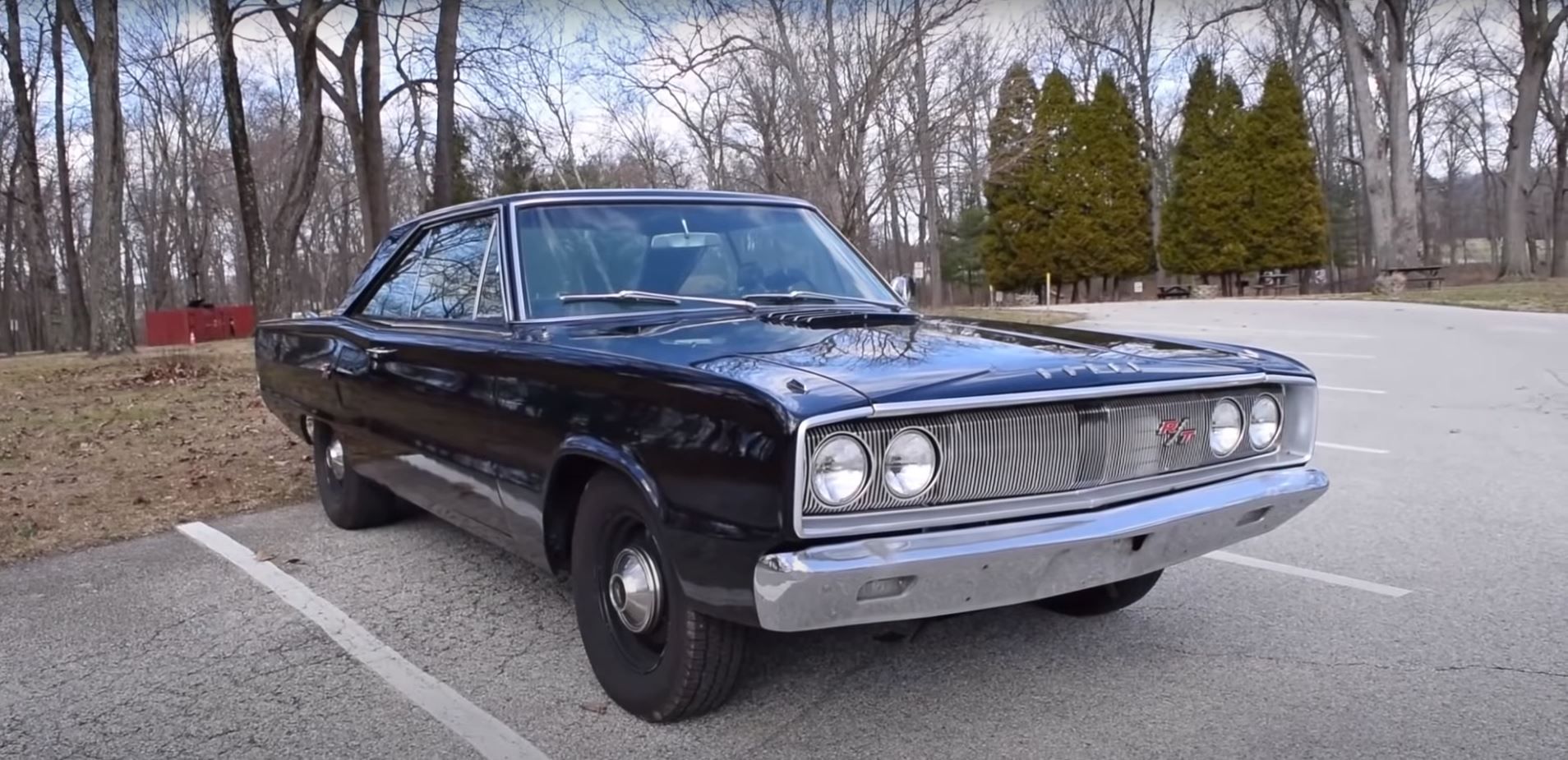The Dodge Coronet of the late 1960s comes from a time when Americans thought very differently about the way they built cars. Indeed, in the time before emissions regulations, crash safety standards, and all sorts of other federal automotive regulations, American car companies were pretty much free to do as they pleased.
This is very much reflected in the impression the big Dodge Coronet made on the people who drove them and the people who saw them driving down the road. Today, the Coronet looks kind of silly and more than a bit ostentatious and wasteful.
Even with all this known, it doesn't stop the Coronet from being a desirable and period-correct time capsule of the 1960s that older muscle car fans will no doubt love. Even with all its faults, to those baby boomers who up with these cars, there's nothing quite like this Chrysler big block 440 cubic inch fire breathing monster.
The 1967 Coronet R/T is a car that can never be replicated today, that's a key aspect as to why people still lust after them five decades after it left production. Want one of your own, consider these things before you fill out a bank loan or break out the MasterCard.
The 1960's, Back When Power Steering Was A Big Flex
Want proof Americans in the 60s bought cars built "bass-ackwards" from how they are today? Look no further than under the long, swooping, and enormous hood of the 67 Coronet R/T.(Road & Track) Under which sits a 440 cubic inch, 7.2 liter V8 whose cylinders each take up almost 1000 cc a piece. In a modern-day when most European engines won't go past two liters and even one liter in Japan, the Chrysler 440 V8 was an inefficient gas hog of an engine if there ever was one. But what the Coronet lacked in refinement, fuel economy, and general wastefulness, it made up for in mountains of 60s charm.
In the 60s, power steering was a luxury item only people with deep pockets were able to afford. As hilarious as it sounds today, the thought of being able to turn the steering wheel with only the use of your non-dominant pinky finger was a great way of showing off. Of course, these early power steering systems arent the advanced variable boost pressure units on modern cars.
These systems only had one boost setting and more often than not would be cranked up to the absolute highest the system could tolerate. That made turning the wheel in this two and a half-ton leviathan a breeze at the expense of eliminating any road feedback. The car steers like it's floating on a cloud. Not great-sounding today, but very desirable over five decades ago. Definitely, a sign that tastes have changed quite a bit since then. And don't even ask about fuel economy, you'd be lucky to get anything past nine miles per gallon with the 440 V8.
Pulling The Weight Of Five Different Cars With One Model.
The Coronet, whose name comes from a type of bejeweled crown, comes from a time when one model of a car could come in a variety of different shapes and sizes. The Coronet came in a four-door sedan and wagon as well as two-door coupe, and convertible options. Today, to get the same amount of different types of vehicles out there would mean spending the money to develop each individual platform. Not so with cars of the 60s in many, many cases.
All of these optional layout types could come with the 440 cubic inch V8 as an optional extra, but only the two-door hardtop and convertible versions came in the R/T trim package. So beware of people trying to pull fast ones by putting phony R/T badges on their Coronet four-door examples. That's a shady move almost as twisted as putting a fake SS badge on a Monte Carlo and passing it off as the real thing. Always check the VIN number of any Coronet you're eyeing, it will tell you one way or another whether the seller is telling the truth.
Rarer Means More Valuable
Not nearly as many Coronets were made as other contemporary Chrysler muscle cars like the Plymouth Baracuda and Dodge Charger and Challenger. In a 2021 context, that can only add to the value of any Coronet you happen across online. Predictably, even massive classic car auction sites like Hemmings.com. Whereas equivalent Charger and Baracuda sections extend for several pages.
At the bottom of this range in price is an original Coronet R/T with the 440 V8 and an automatic transmission going for $27,500 dollars out the door. One Coronet that's had the 440 swapped for a 426 Hemi engine will cost you a cool $112 thousand dollars. It just goes to show, name recognition isn't always the be all end all in making up the value of the car. If anything, rarity usually means big bucks.
Sources: Hemmings.com, Regular Car Reviews

